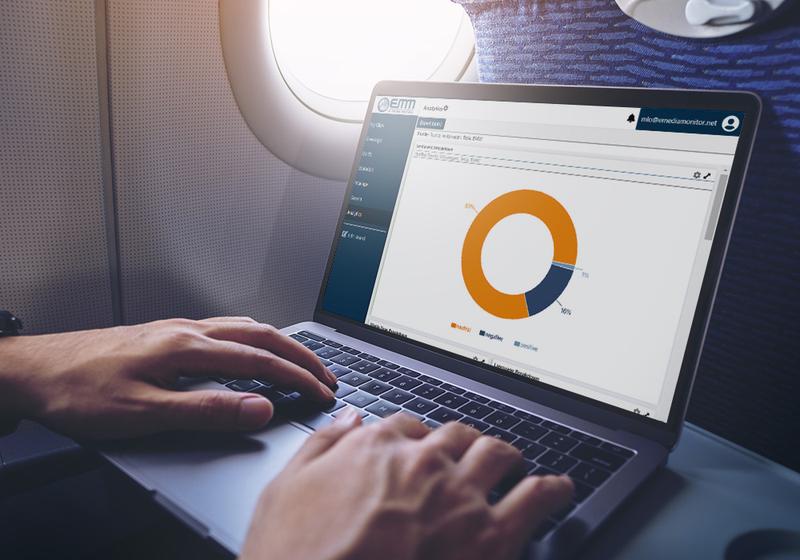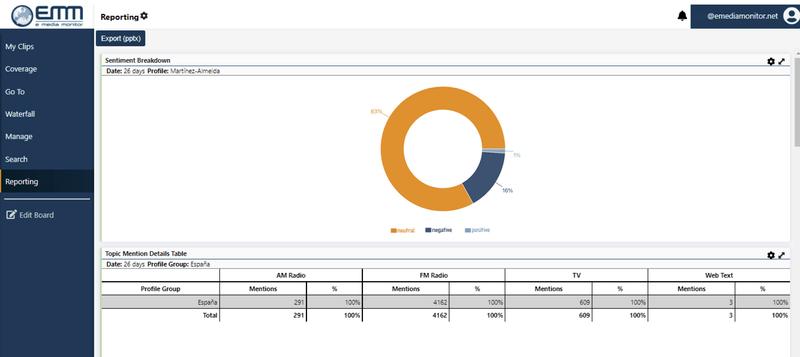
Sentiment analysis is a technique combining natural language processing (NLP), text analysis and computational linguistics to identify, extract and quantify emotional states and subjective information from a resource.
Sentiment analysis is often applied to written content such as online news, social media posts, or video transcripts. It examines the emotion expressed within content and categorizes each word as positive, negative or neutral to then estimate the average tone of the text.
Since 2017, online searches about sentiment analysis have increased about almost 25% (Google Trends, 2022). The use of this technology has become a particular trend among businesses that want to identify the tone of news and social media content about their brand or product.
In addition, sentiment analysis offers possibilities such as: comparing yourself to the competition, identifying relevant ideas or opinions in the media or discovering figures who might be of help boosting your brand, such as influencers.
Thus, by categorizing bad and good news or comments, sentiment analysis provides relevant information for various parts of the company. From sales to marketing, the results of sentiment analysis support qualified decision making and effective strategy planning.
As history shows; it is just a matter of time for the next crisis to evolve around a company. When bad news spread with overwhelming speed, reacting precisely is key to resolve such a situation. Sentiment analysis is a proven and popular technology to identify and handle such crisis.
Any company using a media monitoring solution applying sentiment analysis benefits from the identification of any negative headlines as soon as they disseminate on a daily basis. But this is not all; if the crisis has already struck, businesses are able to evaluate their countermeasure strategies and see, for example, whether negative headlines disappear after releasing a company’s official statement.

Most businesses deciding to analyze sentiment in course of media monitoring choose automated over manual solutions as they offer a row of benefits. Additionally to reliability and saving valuable resources, the power of machine learning enables the analysis of extensive data sets – as the ones provided by some media monitoring companies.
While training such intelligent systems requires specific skills, there are already several companies on the market offering automated sentiment analysis to customers. But there are differences in terms of media sources on which sentiment analysis is being applied as well as on the frequency of analysis.
eMedia Monitor provides fully automated, 24/7 real-time sentiment analysis of media coverage within its Pegasus media monitoring online platform. Besides, it is available in several languages like English and Spanish.
Using the in-house developed speech-to-text technology in combination with artificial intelligence, eMM analyzes the polarity of media coverage in a wide range of sources – from broadcast TV and radio to press, online news, podcasts, web-TV, social TV and web text.
Being aware of the sentiment towards your company can be key to the success your strategies. If you want to find out more about eMM’s sentiment analysis technology and our wide range of media monitoring solutions contact us.
You might also be interested in:
Influencer Marketing - Why You too Should Monitor Social Videos
A Close Look at the Monitoring Trend
Broadcast Media - The Reliable ones During Crisis